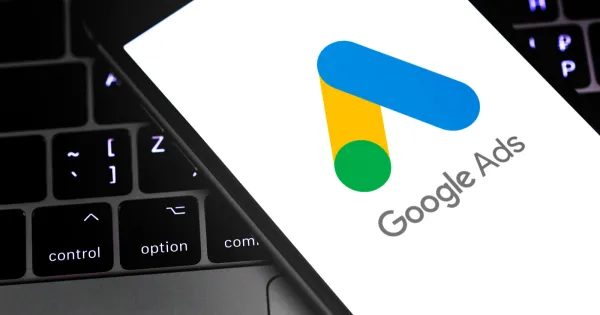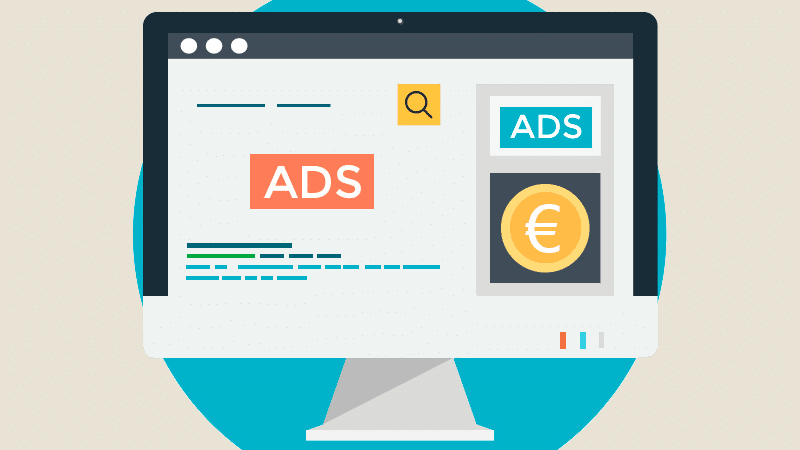How Accurate Are AI Detectors? Understanding Their Strengths and Limitations

Introduction
Artificial Intelligence (AI) detectors have gained widespread attention for their ability to identify AI-generated content, detect deepfakes, and verify authenticity in various digital spaces. These tools are used in academic institutions, publishing platforms, and cybersecurity systems to differentiate between human-created and AI-generated text, images, and videos.
But how accurate are AI detectors? Can they reliably distinguish between human and machine-generated content, or do they sometimes make mistakes? In this article, we will explore how AI detectors work, their accuracy, challenges, and whether you should trust them completely.
What Are AI Detectors?
AI detectors are specialized tools designed to analyze and identify content created by artificial intelligence. They work by assessing patterns, sentence structures, and probabilities that indicate whether a piece of text, an image, or a video was generated by AI.
Common types of AI detectors include:
- Text AI Detectors – Used to identify AI-generated text from models like ChatGPT and Bard. Examples: OpenAI’s AI classifier, GPTZero, Turnitin’s AI detection tool.
- Deepfake Detectors – Analyze videos and images to detect AI-generated manipulations.
- Plagiarism Checkers with AI Detection – Identify AI-generated content in academic papers and online publications.
These tools are designed to help maintain content authenticity and prevent misuse of AI in sensitive areas like education, journalism, and cybersecurity.
How Do AI Detectors Work?
AI detectors use various machine learning techniques to analyze content and determine whether it was created by AI or a human. Some of the key methods include:
1. Perplexity and Burstiness Analysis
- AI-generated text tends to have lower perplexity, meaning it is more predictable and structured compared to human-written content.
- Human writing typically has more varied sentence lengths and complexity (burstiness), which some AI detectors use as a differentiator.
2. Probability-Based Scoring
- Detectors assign a probability score indicating whether content is likely AI-generated or human-written.
- A higher AI probability score means the content is more likely generated by an AI model.
3. Linguistic and Stylistic Patterns
- AI models often use repetitive phrasing and structured patterns, which detectors analyze to determine authenticity.
- Some AI writing lacks personal anecdotes, emotional tone, or unique phrasing, making it easier to flag as machine-generated.
4. Metadata and Token Analysis
- Advanced AI detection tools analyze metadata (hidden data about how text or images were created) to identify AI involvement.
- Token-based AI analysis looks at the words and structures commonly used by language models like GPT-4.
While these techniques improve detection capabilities, they are not foolproof and come with certain accuracy challenges.
Are AI Detectors Accurate?
The accuracy of AI detectors varies depending on factors like the type of content being analyzed, the detection method, and the AI model used to generate the content. Some AI detectors claim to have accuracy rates of 70-90%, but these numbers are not always reliable.
1. False Positives (Human Content Mistaken for AI)
- Many AI detectors mistakenly flag human-written content as AI-generated, especially if the writing is well-structured or formal.
- Students, writers, and professionals have reported cases where their original work was incorrectly identified as AI-written.
2. False Negatives (AI Content Passing as Human)
- Advanced AI models like GPT-4 and Claude AI generate highly human-like text, making it harder for detectors to distinguish between AI and human writing.
- Some AI-generated content bypasses detection tools entirely, reducing their reliability.
3. Limitations in Detecting Mixed Content
- AI detectors struggle with hybrid content—where a human edits or enhances AI-generated text.
- This makes detection more complicated, as many writers use AI tools for assistance rather than full content generation.
While AI detectors can be useful, they should not be seen as 100% accurate. Instead, they work best when combined with human judgment.
Factors That Affect AI Detection Accuracy
Several factors impact how well an AI detector performs:
- AI Model Updates – New AI models are becoming more sophisticated, making it harder for detectors to keep up.
- Writing Style – Some writing styles naturally resemble AI-generated text, increasing false positives.
- Detector Algorithm Quality – Not all AI detection tools use advanced methods, leading to varying levels of accuracy.
- Editing and Paraphrasing – If AI-generated text is heavily edited by a human, it becomes difficult for detectors to flag it correctly.
Because of these challenges, AI detection tools should always be used with caution, especially in high-stakes situations like academic evaluations or content moderation.
Should You Trust AI Detectors?
While AI detectors are helpful tools, relying on them entirely is not advisable. Instead, consider the following:
- Use multiple detection tools – No single AI detector is perfect; cross-checking with different tools can provide better insights.
- Human verification is essential – Always have human reviewers assess flagged content instead of blindly trusting AI detection results.
- Understand the limitations – Be aware of false positives and negatives, and use AI detection as a guideline rather than absolute proof.
AI detection technology is still evolving, and while it plays a valuable role in verifying content authenticity, it is not flawless. Critical thinking and human oversight remain crucial in ensuring accurate content assessments.
Conclusion
AI detectors are an important part of content authenticity verification, but their accuracy is not always reliable. While they can identify AI-generated content in many cases, false positives and false negatives make them less than perfect. As AI technology advances, detection tools must evolve to keep up with increasingly human-like AI writing.
For now, AI detectors should be used as a supportive tool rather than a final verdict. Combining them with human review ensures a more accurate and fair evaluation of content in any industry.




